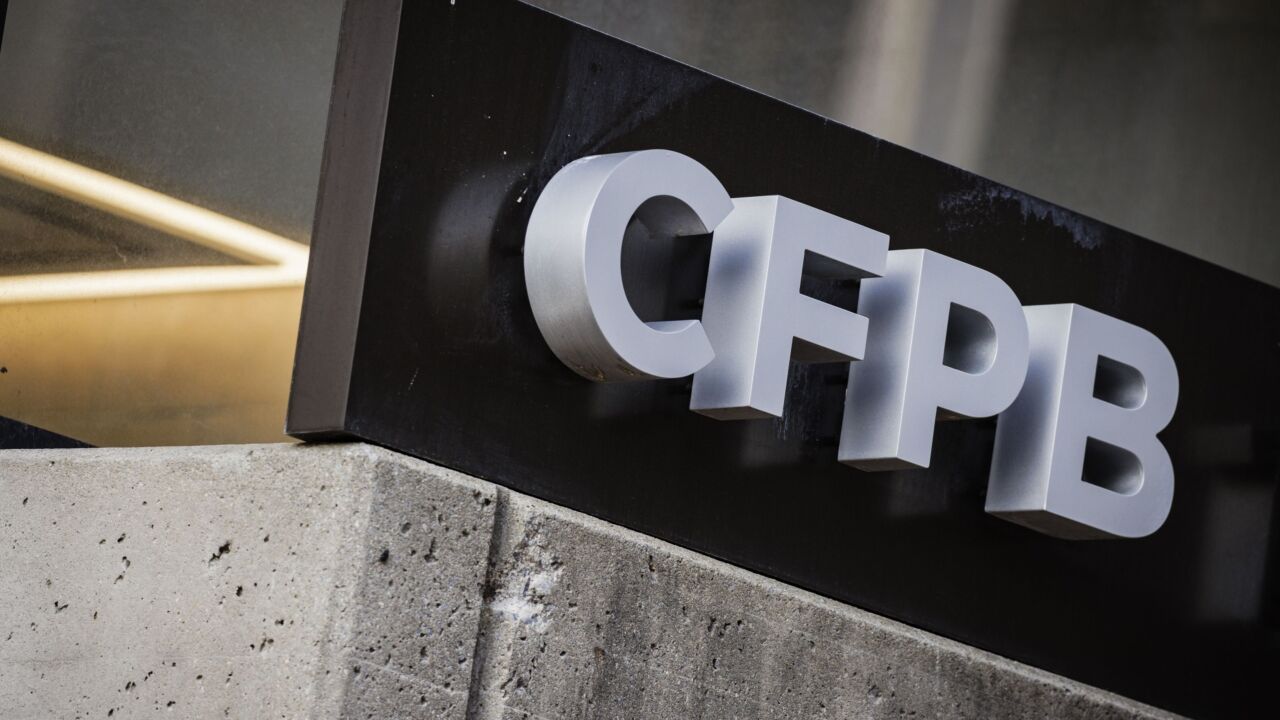
I recently had the pleasure of speaking at a community bank's luncheon
As striking as the facilities and food were, the thing that made the biggest impression on me was the great "tchotchke" table set up to greet attendees. I think the bank's marketing person thought I was joking when I told her how much I loved that stuff.
Hey, in the sophisticated world of banking — with intense competition and
I chuckled and told her that I have both anecdotal experience and hard science to make the case for "trinkets." The more people see something, the more they tend to like and trust it, even if it's happening subconsciously. Psychologists call it the "mere exposure effect."
That's why something as simple as a logo pen or a magnet on the fridge matters. Every time it's used or spotted, it quietly reinforces your name in that person's mind.
Over time, repetition builds familiarity.
Promotional items go a step further by creating a physical presence in people's lives. A coffee mug finds a home on someone's desk or kitchen counter. A pen gets tucked into a purse or left on a nightstand. A magnet takes up long-term residence on the fridge.
Those portable water bowls for dogs display your logo every time someone takes care of their best friend.
And once those items are there, so is your brand — physically and mentally. That kind of everyday visibility quietly becomes mental real estate. When a need arises, the name that's already part of the scenery is often the first one that comes to mind.
If the items are useful, the effect runs deeper. The brand attached to them starts to mean something more.
Even if they're not yet your customer, they begin to see your brand as helpful.
And maybe at the simplest level, people remember who gave them something they like.
And they tend to like the ones who gave it. That kind of positive association is powerful.
It's simple. It's human. And it works.
On the anecdotal side, early in my banking career in an in-store branch, I quickly realized how much goodwill even the smallest giveaways could generate. Ink pens and chip clips were always a hit. Baseball caps were unbelievably popular with a certain clientele.
I had one customer who brought us new money every time one of his (many) CDs matured at other local banks. We'd give him a new cap each time, and he thought we were the greatest thing since sliced bread.
Amid growing awareness of mental health needs in the workplace, some banks are doubling down on benefits that go beyond traditional employee assistance programs. What's behind banks' heightened focus, and what's the long-term strategy for investing in this area?
Even something as simple as a lollipop or a balloon for a child made a clearly positive impression. I used to tell a true story about how my then-young sons would shout out a certain bank's name to my wife whenever she drove down a particular street because that branch gave out lollipops in their drive-up window.
I'd follow up by asking bankers to imagine a marketing campaign powerful enough to have the most important people in a customer's life yelling out banking preferences from the back seat.
The simple act of giving someone even an inexpensive promotional item can generate positive feelings that few "sophisticated" marketing efforts can match.
That's not a knock on advanced marketing techniques. That's simply acknowledgement of a fact most customer-facing bankers have realized forever.
One of my long-standing mantras has been that as the banking industry becomes more technology driven, our people matter more, not less. Technology is far more likely to level the playing field than tilt it.
Over time, it will not set us apart. Neither will pricing. Banking is simply too competitive for that.
The banks that stand out will be the ones that build strong teams and foster cultures that actively connect with customers and prospects.
Anything we can do to encourage more connections, more touchpoints, more smiles and more conversations moves us in the right direction.
At the end of the day, it's not the sophistication of the strategy that matters most, but the genuineness of the connection.
A logo on a pen or a dog bowl may never win a marketing award, but it just might help you win (or keep) a customer.
In a world full of noise, a small reminder of who you are — and that you're nearby, helpful and human — can be what sets you apart.
Knickknacks aren't a strategy. But used well, they're a remarkably effective tool for supporting one that builds personal connections and lasting brand preference.






